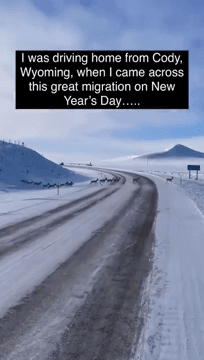
Hunting in Haute-Kotto: Exploring Geography, Navigating Legislation, and Discovering Interesting Facts Haute-Kotto, located in the eastern part of the Central African Republic, is one of the country’s largest and most remote prefectures. Vast, sparsely populated, and rich in natural landscapes, it is a region where traditional hunting continues to be an essential part of everyday life. For local communities, hunting is not only a means of sustenance but also a practice rooted in cultural identity and ecological adaptation. Geography and Natural Features of Haute-Kotto for Hunting Haute-Kotto features a combination of dense savannas, wooded forests, riverine systems, and seasonal wetlands. The prefecture is traversed by the Kotto River, which provides vital water resources for both people and wildlife. These varied ecosystems support a wide range of fauna, including antelopes, wild pigs, birds, and small mammals. However, the remote geography and lack of infrastructure make both wild
Post: 28 July 19:59













































